Transform Your Diet: High-Protein Vegan Meals
Introduction
In recent years, the vegan diet has gained significant attention not only for its ethical and environmental benefits but also for its health advantages. However, a common concern among those considering a vegan lifestyle is how to ensure adequate protein intake without relying on animal products. Thankfully, with the right knowledge and meal planning, it is entirely possible to enjoy a high-protein vegan diet that is both nutritious and delicious. This article aims to guide you through transforming your diet with high-protein vegan meals, offering insights into the best plant-based protein sources, meal ideas, and essential tips for a balanced diet.
Understanding Protein Needs
Protein is an essential macronutrient that plays a critical role in building and repairing tissues, producing enzymes and hormones, and supporting overall health. The recommended dietary allowance (RDA) for protein is approximately 0.8 grams per kilogram of body weight, but those engaged in regular physical activity or strength training may require more. When following a vegan diet, meeting these protein needs requires careful selection of diverse plant-based foods.
Top High-Protein Vegan Foods
There are numerous plant-based foods that are rich in protein. Here are some of the most potent sources:
Legumes
- Lentils: Packed with around 18 grams of protein per cooked cup, lentils are not only versatile but also rich in fiber and iron.
- Chickpeas: Also known as garbanzo beans, chickpeas offer about 15 grams of protein per cooked cup and are perfect for salads, stews, or making hummus.
- Black Beans: Black beans provide approximately 15 grams of protein per cooked cup and are excellent in tacos, soups, or as a side dish.
Tofu and Tempeh
- Tofu: This soy-based product contains around 20 grams of protein per cup and can be grilled, stir-fried, or blended into smoothies.
- Tempeh: With about 31 grams of protein per cup, tempeh is a fermented soy product that offers a nutty flavor and a firm texture, making it ideal for various dishes.
Whole Grains
- Quinoa: Known as a complete protein, quinoa contains all nine essential amino acids and offers 8 grams of protein per cooked cup.
- Amaranth: This ancient grain provides approximately 9 grams of protein per cooked cup and is great in porridge or salads.
Nuts and Seeds
- Chia Seeds: Chia seeds boast 5 grams of protein per ounce and are also high in omega-3 fatty acids and fiber.
- Hemp Seeds: With about 10 grams of protein per ounce, hemp seeds are easily incorporated into smoothies, salads, or sprinkled over oatmeal.
Creating High-Protein Vegan Meals
Crafting high-protein vegan meals is all about combining diverse protein-rich ingredients to create balanced and satisfying dishes. Here are some meal ideas to get you started:
Breakfast
- Tofu Scramble: A vegan alternative to scrambled eggs, tofu scramble can be spiced with turmeric and mixed with vegetables like spinach and bell peppers.
- Chia Seed Pudding: Made with almond milk and topped with berries and nuts, chia seed pudding is a protein-rich and delicious breakfast option.
Lunch
- Quinoa Salad: A hearty salad with quinoa, chickpeas, cherry tomatoes, cucumber, and a lemon-tahini dressing offers a refreshing and protein-packed meal.
- Lentil Soup: This comforting soup, made with lentils, carrots, celery, and herbs, is not only high in protein but also rich in flavor.
Dinner
- Tempeh Stir-Fry: Sauté tempeh with a mix of colorful vegetables and soy sauce for a quick and nutritious meal that provides ample protein.
- Black Bean Tacos: Fill corn tortillas with black beans, avocado, salsa, and cabbage for a protein-rich and satisfying dinner.
Snacks
- Hummus and Veggies: Pairing hummus with raw vegetables such as carrots and bell peppers makes for a protein-rich and crunchy snack.
- Nut Butter and Banana: Spread almond or peanut butter over banana slices for a quick and energizing snack.
Overcoming Common Challenges
Transitioning to a high-protein vegan diet may present some challenges, particularly in ensuring nutritional adequacy and variety. Here are some tips to overcome common hurdles:
Variety is Key
To prevent monotony and ensure a wide range of nutrients, incorporate diverse protein sources and experiment with different cuisines and flavors.
Plan Your Meals
Meal planning is essential in maintaining a balanced diet. Plan your weekly meals and snacks to ensure you meet your protein requirements and avoid relying on processed foods.
Supplement if Necessary
While a well-planned vegan diet can provide all essential nutrients, some individuals may benefit from supplements such as vitamin B12, iron, or omega-3 fatty acids to address specific deficiencies.
Conclusion
Embracing a high-protein vegan diet can be a rewarding and health-enhancing journey. With a focus on diverse, nutrient-dense foods, you can effectively meet your protein needs while enjoying a wide array of flavors and dishes. By incorporating the tips and meal ideas provided in this article, you can transform your diet into a plant-based powerhouse that supports your overall well-being and aligns with your ethical and environmental values.




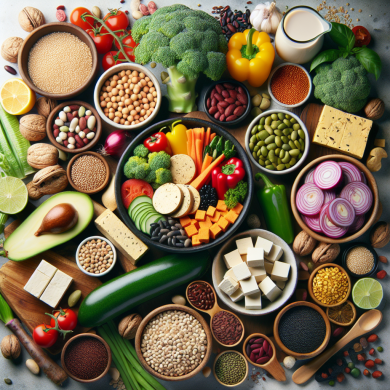
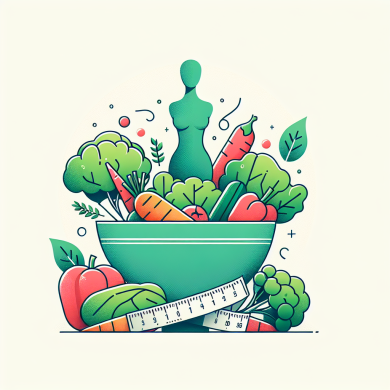
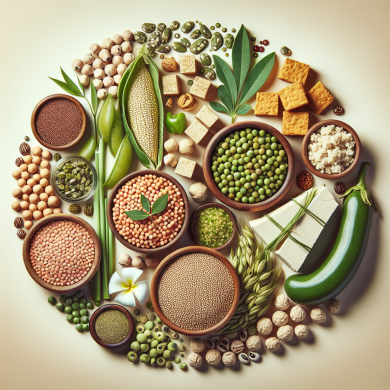
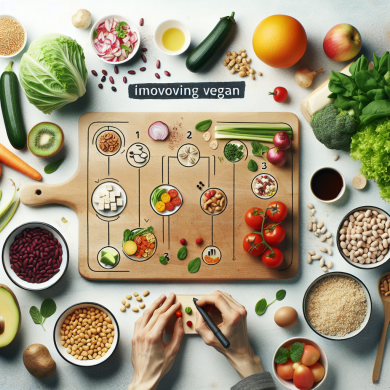

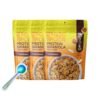

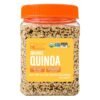

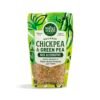

Add comment